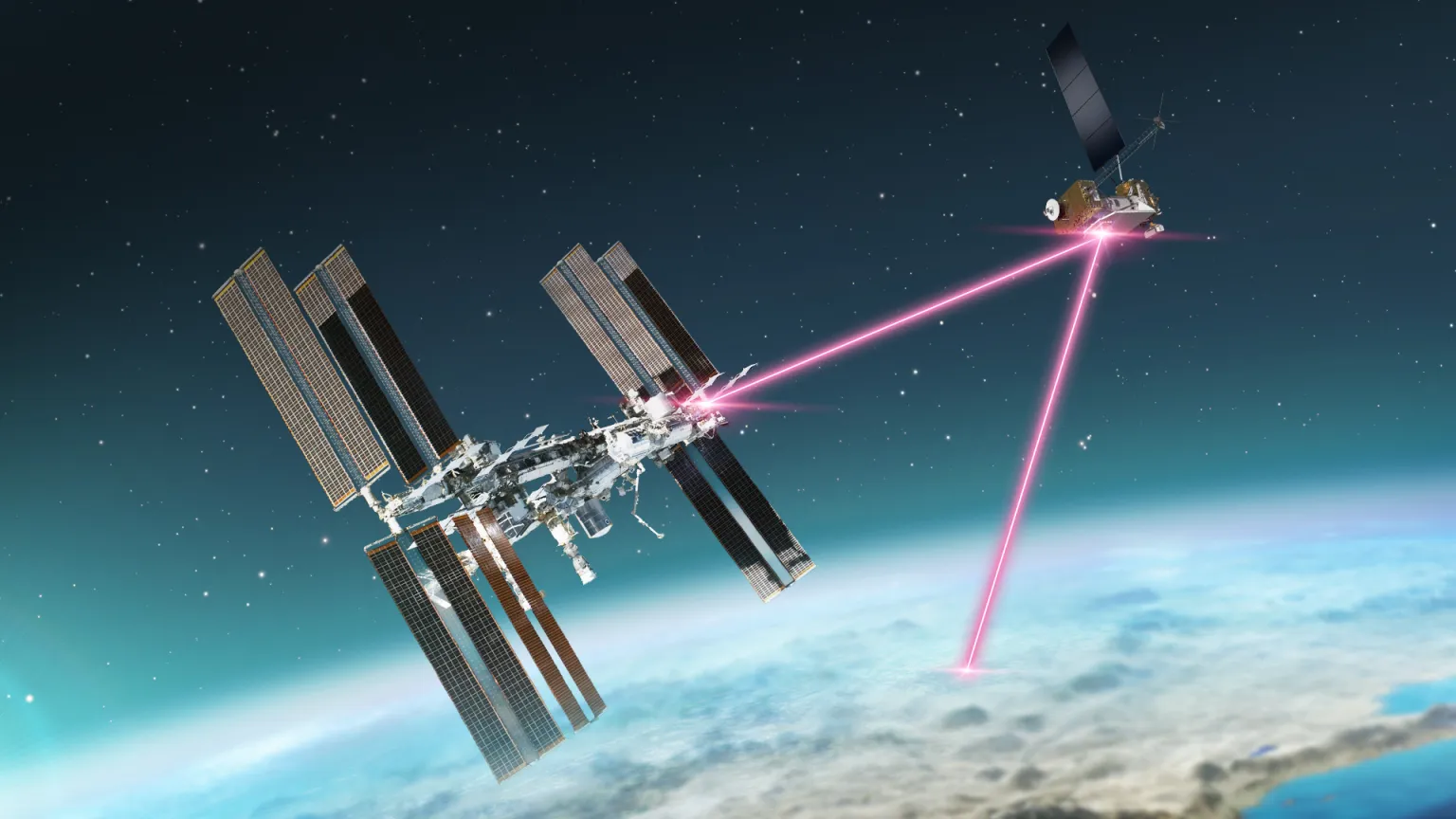
NASA has successfully streamed the first-ever 4K video to deep space and back using laser technology. This achievement, made on Wednesday, July 24, marks a significant advancement in space data transmission capabilities. It suggests a future where astronauts could stream high-definition live video during Moon landings as part of NASA’s Artemis program.
Traditionally, data transmission to and from space has relied on radio waves. However, the new laser communications technology can transmit 10 to 100 times more data than conventional methods.
The demonstration involved a complex series of transmissions. A portable laser terminal, mounted on the underside of a Pilatus PC-12 aircraft flying over Lake Erie, was used to send data. The aircraft’s position allowed the laser terminal to transmit data to an optical ground station located in Cleveland. From there, the data was then relayed to NASA’s White Sands Test Facility in Las Cruces, New Mexico, via an Earth-based network. The data then traveled 22,000 miles into space using infrared light signals.
This achievement results from collaborative efforts between NASA’s Glenn Research Center, the NASA Small Business Innovation Research Program, and the Air Force Research Lab.
Dr. Daniel Raible, principal investigator for the HDTN project at Glenn, expressed excitement about the success of these experiments. He highlighted that the ability to stream 4K HD videos to and from the space station could lead to future capabilities, such as HD videoconferencing for Artemis astronauts, which will be crucial for crew health and activity coordination.
This milestone represents a significant step forward in space communications technology, enhancing data transmission capabilities for future deep space exploration and lunar missions.
Featured Image courtesy of NASA/Dave Ryan
Follow us for more Space innovation updates.
